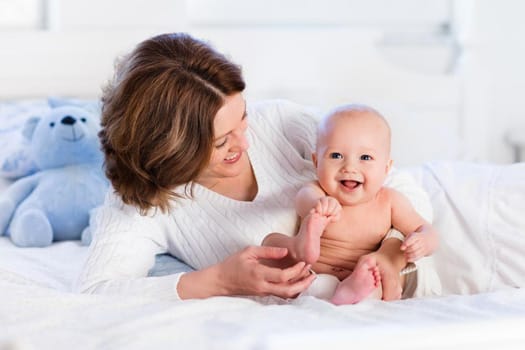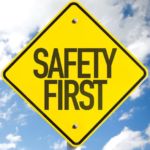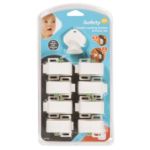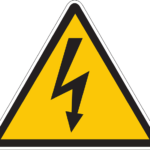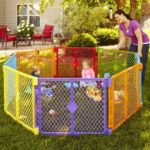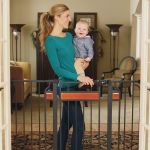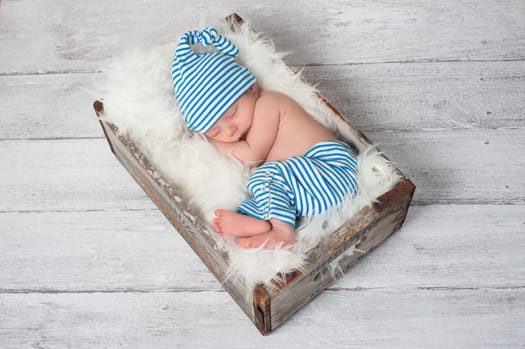
Sudden infant death syndrome (SIDS) is a major concern for many parents, so take ACTION by creating a safe infant environment can prevent unnecessary injuries to babies.
About 20% of deaths from SIDS occurs in the care of a babysitter, family, friend, or child care providers. An increased risk for SIDS is created when child caregiver places infant on tummy to sleep.
Most babies will be used to sleeping on their backs, so the risk of placing baby on tummy is a result from infant being unaccustomed to sleeping on her tummy.
SIDS is one of the leading causes of deaths for infants younger than 1 year old. Do know that SIDS is not caused by choking, vomiting, or immunizations.
Placing babies on their tummies is part of their development because it helps them build their muscles on their neck and shoulders.
Tummy time should be considered playtime and is done with the supervision of a responsible adult. Do provide your infant with tummy time to allow for normal development.
A baby’s sleep is an important process of development, so make sure as a parent or caregiver to provide a safe sleeping environment.
Creating a safe sleeping environment requires knowing what to avoid when looking at various baby sleeping equipment guides.
What does a safe infant sleep environment look like?
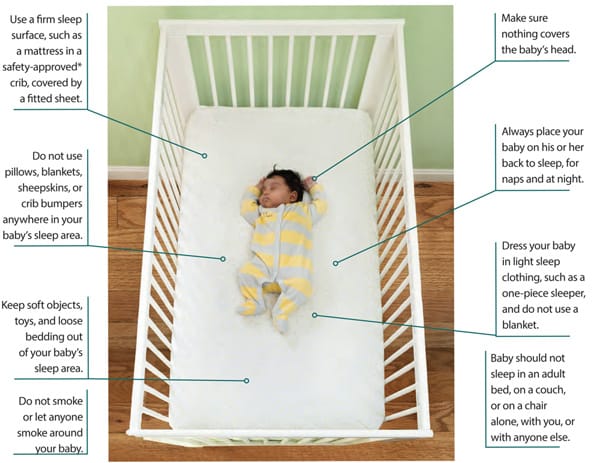
- Firm sleep surface, such as a mattress in a safety-approved crib, covered by a fitted sheet.
- Nothing covers the baby’s head.
- No blankets, crib bumpers, or pillows in baby’s sleep area.
- No toys, soft objects, or loose bedding in sleeping area.
- Baby in light sleep clothing such as a one-piece sleeper.
- Baby ALWAYS on back to sleep for naps and at night.
Resource: Safe Sleep Environment
One of the most common questions asked by mothers is: Are Moses baskets safe for babies?
Consumer reports on various types of bassinets, which can include Moses baskets, don’t recommended the use of these baskets.
The reason for the disapproval is because the sides of Moses baskets can be a potential suffocation hazard.
Consider the following about Moses baskets:
- The liner and extra bedding in basket may provide comfort but increases risk of SIDS.
- Loose or soft bedding that does not fit tightly can lead to suffocation.
- Handles on basket may malfunction and baby may fall from lack of safety belts.
- Weight capacity is usually less than 15 pounds.
- Not intended to use in cribs during sleep since baby can roll out of basket and suffocate in bedding.

The British Medical Journal (BMJ) published an article by some researchers concerning the potential health hazard of Moses baskets.
A major finding from the report included a higher risk of babies falling out of Moses baskets due to an unintentional slip of the handles.
Even though most incidents from baby carriers result in no harm there should be concern for the use of Moses baskets.
It is better to stay on the safe side when it comes to babies, so if possible avoid using or purchasing Moses baskets.
The safety of children, especially infants, should be a primary concerns of all parents and caregivers. It is important for parents and caregivers to be informed about how to prevent SIDS.
Take action to reduce the risk of sleep related infant death by:
- Placing babies on their backs to sleep every time.
- Note: Choking is rare when babies placed on back. Healthy babies automatically swallow or cough up fluids.
- Keep pillows and loose bedding out of baby’s sleeping areas.
- Do not smoke or allow smoking around baby.
- Provide a firm sleep surface covered with a fitted sheet in an approved safety crib.
- Caution: DON’T put stuffed toys, quilts, pillows, blankets, sheepskin, or crib bumpers inside baby’s crib.
- Baby should not sleep on a couch, chair, or adult bed.
- Reminder: If you do put baby on bed for comforting make sure to put baby back on her own crib.
SIDS should be major concern for parents and caregivers. Get informed and take action.
Take the appropriate steps to reduce the risk of SIDS and other sleep related causes of infant death.

Other important ways to reduce the risk of SIDS to consider:
- Room sharing is recommended, but not bed sharing.
- Tip: Place bay in a separate sleep area. For example, in a safety-approved crib, portable play yard, or bassinet next to where parent or caregiver can supervise.
- For naps or night sleep can give baby a dry pacifier that is not attached to a string.
Hints for Pacifier Use:
- Wait until baby is used to breastfeeding before introducing pacifier.
- Don’t attach to clothing with string or cord to avoid risk of strangulation.
- Clean often and regularly replace pacifier.
- Don’t coat pacifier with anything sweet.
- Provide baby with tummy time when he is awake and someone is watching.
- Don’t let baby get too hot during sleep.
- Note: Dress baby with no more than one layer of clothing. Not recommended to use blankets. If room is cold you may consider using an infant blanket sleeper.
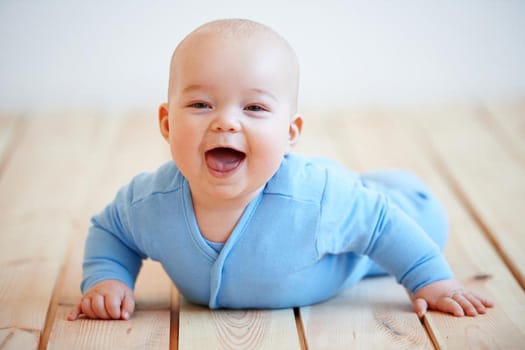
To reduce the risk of SIDS mothers should also engage in the following:
- Get regular health care early in pregnancy and continue to get routine check-ups throughout pregnancy.
- No smoking during or after pregnancy. Keep others from smoking around baby.
- Breastfeed baby as much as possible.
- Note: Breastfeeding provides opportunity for mother and infant to bond. Also, provides the necessary nutrients to infant for optimal health, growth, and development.
- Follow health care provider’s recommendations for vaccines and regular health checkups for baby.
- Note: Evidence from the American Academy of Pediatrics and the CDC show immunizations reduce the risk of SIDS by 50%.
- Don’t give honey to infant under 1 year old.
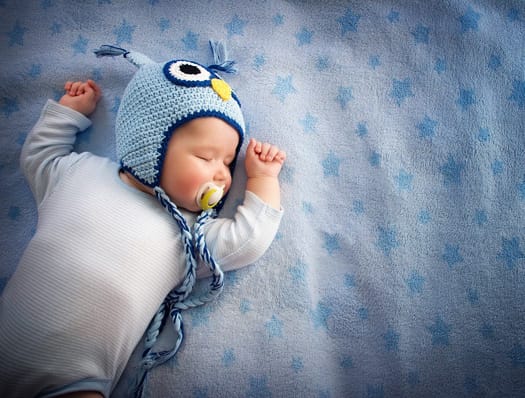
Don’t overlook other important recommendations from the American Academy of Pediatrics such as:
- Avoid illicit drug use or alcohol during pregnancy.
- Avoid commercial devices such as positioners, wedges, special sleep surfaces, and special mattresses that are marketed to reduce the risk of SIDS.
- Caution: No evidence these devices are safe or reduce risk of suffocation or SIDS.
- Don’t use home cardiorespiratory monitors.
- Note: No evidence these monitors reduce the risk of SIDS.
Preventing unintended baby injuries should be a priority. Take ACTION and make sure to take the right steps to create a safe infant sleep environment.
